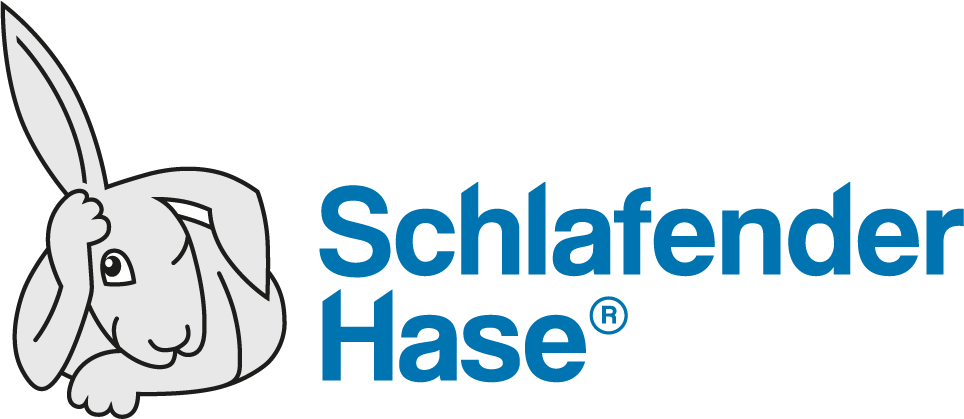Health Canada has announced changes to the filing requirements for Extensible Markup Language (XML) Product Monographs (PMs), signaling a shift toward enhanced digital documentation standards. The first phase of these requirements come into effect on July 18, 2025. These updates will impact regulatory teams, requiring adjustments in their processes to meet the new expectations.
What’s Changing?
Health Canada now mandates the submission of Product Monographs in XML format, aligning with global regulatory trends toward structured data and improved interoperability. The goal is to enhance data consistency, accessibility, and automation in regulatory reviews, ultimately streamlining drug approval and post-market surveillance processes.
For pharmaceutical companies, this means:
• Increased Data Standardization: XML ensures structured, machine-readable formats, reducing ambiguity.
• Greater Efficiency in Regulatory Submissions: Automated data processing leads to faster approvals and improved regulatory oversight.
• Enhanced Accuracy and Compliance: Standardized formats help minimize errors and discrepancies in drug product information.
Challenges in Adapting to XML Requirements
While the shift to XML presents many benefits, regulatory teams must navigate several challenges, including:
• Ensuring Data Accuracy: Transitioning from traditional document formats (e.g., Word or PDF) to XML introduces risks of formatting errors and data inconsistencies.
• Compliance with Evolving Standards: Keeping up with new XML schema versions and regulatory requirements demands continuous monitoring.
• Resource Constraints: Many companies may lack the internal expertise or tools to efficiently validate XML documents, leading to delays and increased workloads.
Best Practices for Compliance
To successfully adapt to these new requirements, regulatory teams should consider the following best practices:
Create a Simple Checklist: Break down key compliance steps—like formatting, content validation, and submission requirements—into a reusable checklist to avoid missing critical details.
Stay Updated on Regulatory Changes: Subscribe to Health Canada’s updates, follow regulatory forums, and join LinkedIn groups to stay informed without waiting for internal training.
Develop Internal XML Guidelines: Even if your company doesn’t have a formal process, you can document best practices and common pitfalls to help yourself and colleagues maintain consistency.
Practice with Sample XML Files: Download publicly available XML documents to familiarize yourself with the structure and spot potential formatting issues before working on real submissions.
Research Automated Verification Tools: Manual proofreading of XML files is time-consuming and prone to errors. Automated tools help ensure accuracy and consistency. Even if you can’t implement new software yourself, exploring different tools to understand what’s available can help you make a case for investment.
At Schlafender Hase, we understand the critical importance of accuracy and compliance in regulatory submissions. TVT is designed to support regulatory teams in validating XML PM documents, ensuring they meet Health Canada’s new filing requirements.
With TVT, you can:
• Automatically Compare XML PM Files: Detect discrepancies between XML and source documents, preventing costly errors.
• Ensure Formatting Consistency: Verify that data is structured correctly, reducing the risk of submission rejections.
• Streamline Workflows: Reduce manual proofreading efforts, freeing up valuable time for regulatory professionals.
Prepare for Compliance Today
Health Canada’s XML filing update is a key step toward more efficient and standardized regulatory submissions. Staying informed, refining internal processes, and exploring available validation tools can help teams navigate this transition smoothly.







